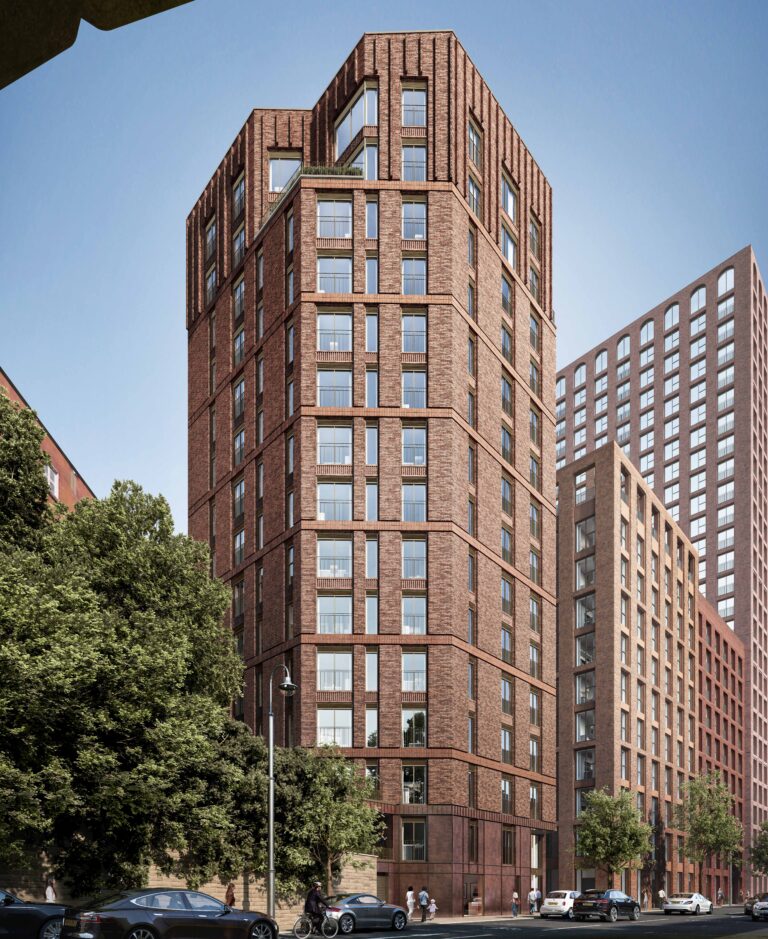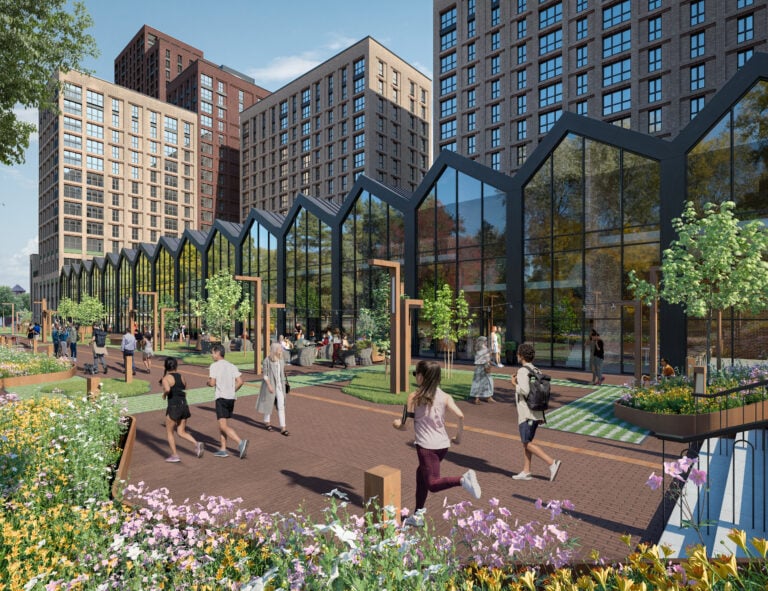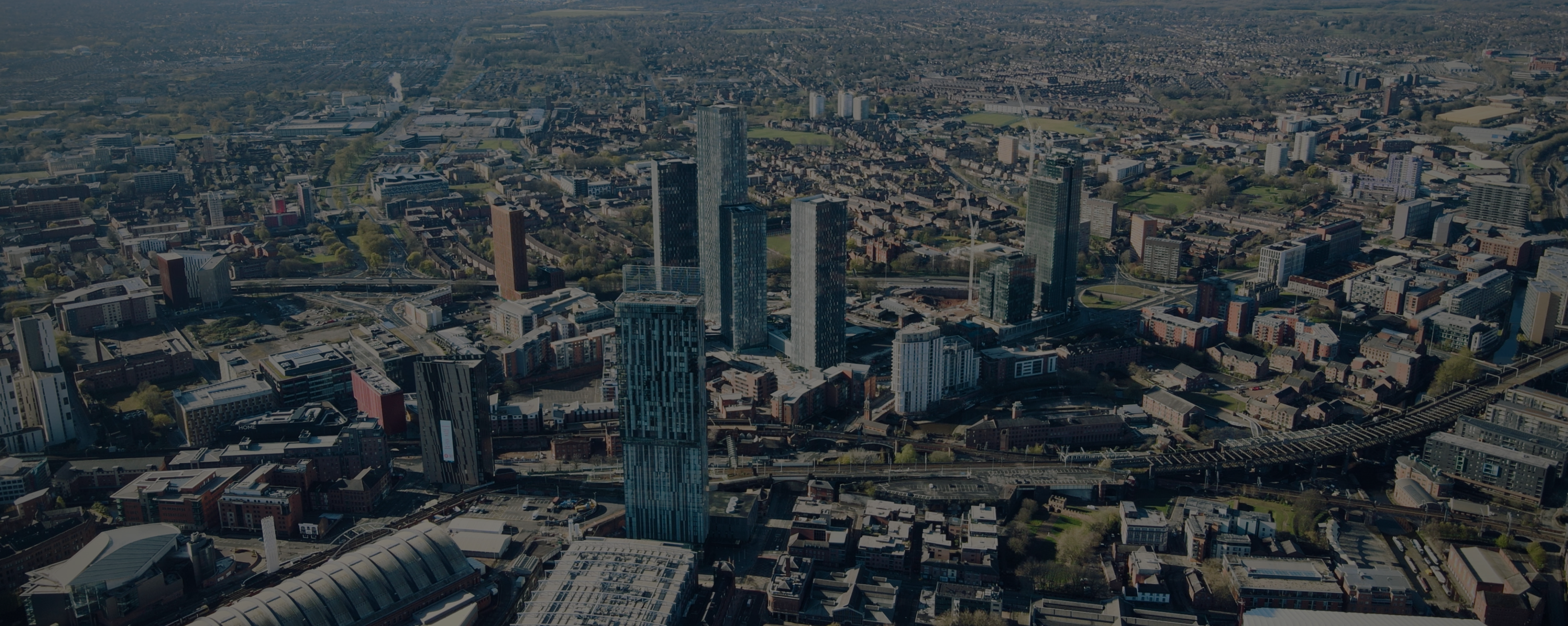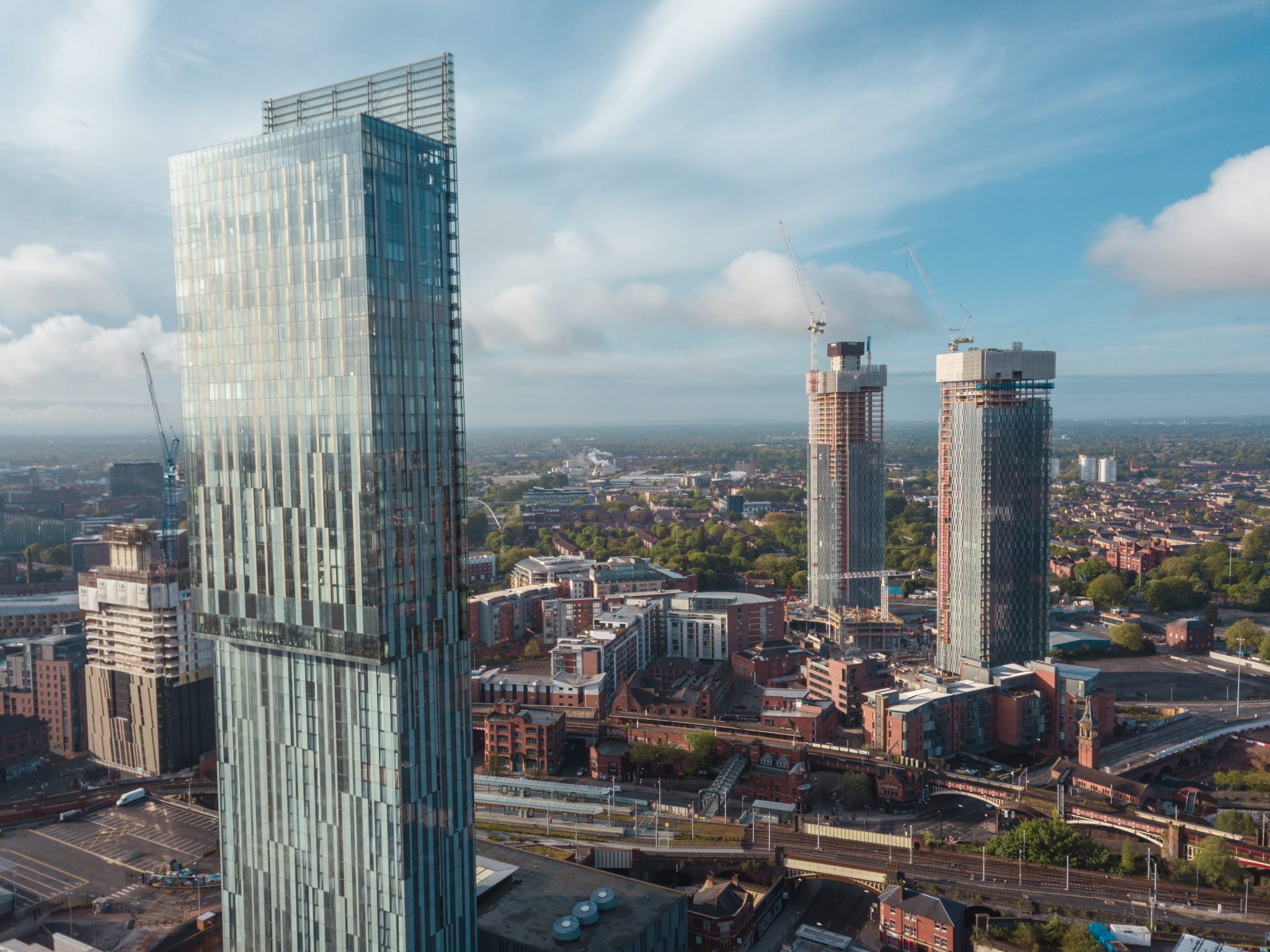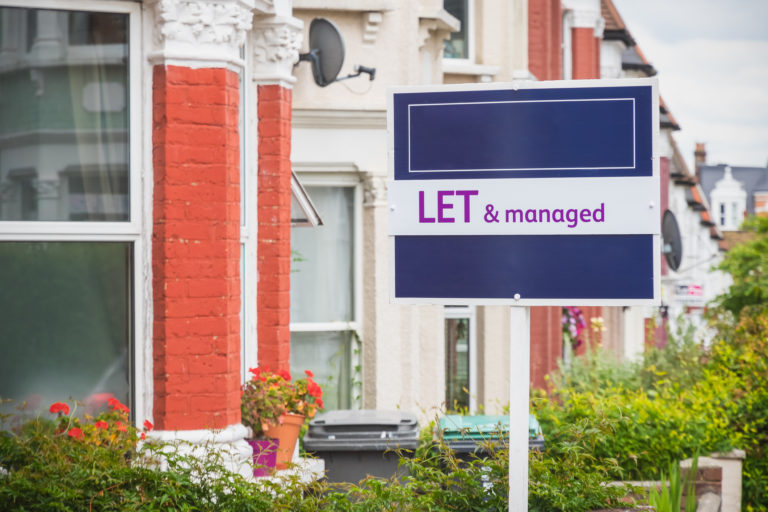Average advertised rents outside London have risen to £1,385 per calendar month in Q3 2025, up 1.5% this quarter and 3.1% annually, according to Rightmove’s latest Rental Trends Report. In the capital, rents have reached £2,736, up 0.9% quarterly and 1.6% annually.
Available rental stock is now 9% higher than last year, but remains 23% below pre-pandemic levels, and new rental listings are just 1% higher than last year – the lowest it has been in 2025. At the same time, tenant demand has cooled, dropping by 14% compared to last year.
Landlords under pressure
The report also reveals that one in three landlords is considering leaving the sector at some point in the future. Two-thirds (66%) said they felt unsupported by the government, whilst less than half (43%) were fully aware of the Renters’ Rights Bill and prepared for the changes.
It is not just the impending legislation affecting their decisions. The report also highlights stamp duty increases, potential national insurance taxes in the Autumn Budget, and mortgage costs nearly double pre-mini-Budget levels. Nearly a third (29%) said rising mortgage rates were affecting plans to expand portfolios, whilst nearly one in five (17%) were considering reducing portfolio size.
The average interest rate on new buy-to-let mortgages stands at 4.87% – nearly double the 2.93% seen before the notorious mini-Budget in 2022.
However, for those landlords who remain in the rental market, the falling supply levels are pushing up rents and yields. Rental stock is now significantly below pre-pandemic levels, and new listings are at their lowest point this year.
Where demand is strongest
Demand in regional cities, such as Manchester, Birmingham, Leeds, Liverpool, Stockport and Nottingham, is particularly robust, supported by high levels of employment, big university populations and affordable entry prices, and is considerably above the levels found in London and the South.
According to Rightmove, average rents in the North West (Manchester, Liverpool and Stockport) are at £1,241 per calendar month, up 5.1% annually, and yields are as high as 7.4%. In Yorkshire and The Humber (Leeds), average rents are currently at £1,093 pcm, up 4.1% annually, with yields at 7.2%. In the West Midlands (Birmingham), the average rent is now £1,247 pcm, up by 2.6% annually, with yields at 6.8%. And, in the East Midlands (Nottingham), the average rent is £1,208 pcm, up 2.7% annually, with yields at 6.7%.
These compare very favourably with London’s average yields of 5.7% and are all above the 6.3% found outside of London.
Affordability stretched
Average earnings outpacing rent rises (5%) are now outpacing rents (3.1%). In many areas, affordability remains stretched. The cost of renting now consumes 44% of the average wage, up from 40% five years ago. And for renters trying to save for their first home, a 20% deposit for a typical first home has risen by just over £5,000 over the last five years, from £40,326 to £45,374.
Moving forward, the Renters’ Rights Bill has just gained royal assent, which will introduce significant changes to tenancy agreements and landlords’ obligations. How this affects supply will become clearer over the next 12-18 months as the legislation takes effect. It is likely, though, that it will mean that supply levels will fall even further and push rents even higher.


